Author: Andy Carter
Sometimes I get the itch to brew something fun, but my fermentation chamber is filled with other beers, which was exactly the case one recent afternoon. Even during the winter months, my Southern California apartment tends stay fairly warm, which when combined with the exothermic heat produced during fermentation, limits my ability to ferment anywhere other the temperature controlled confines of my chamber, at least when using traditional yeasts.
A few months prior, I’d snagged a pouch of Omega Yeast OYL-071 Lutra, an isolate from their Hornindal kveik culture that’s said to be “shockingly clean with unrivaled speed” when fermented as warm as 90°F/32°C. Bingo! I’d been craving something bitter and hoppy with lower levels of alcohol, so I settled on brewing a Session IPA, as I felt the clean character of Lutra would help amplify the hoppiness I was after.
The first commercial Session IPA I remember trying was Stone Brewing’s San Diego Session IPA, a pro-am collaboration with then-homebrewer, Kelsey McNair. I’ve since had many other examples, and when researching recipes for this low ABV, it seems brewers have come up with various methods for ensuring general fullness despite the minimal use of malt. For this batch, I was more interested in keeping things as simple as possible and came up with a recipe I hoped would emphasize the fresh Citra hops I’d recently picked up.
| Making All Citra, No Brakes Session IPA |
Wanting to emphasize the fresh hops I’d recently picked up, I designed a simple SMASH recipe using only 2020 crop year Citra and pale malt that would be brewed using a full volume/no sparge mash method.
All Citra, No Brakes Session IPA
Recipe Details
| Batch Size | Boil Time | IBU | SRM | Est. OG | Est. FG | ABV |
|---|---|---|---|---|---|---|
| 5.5 gal | 60 min | 48 | 1.6 SRM | 1.041 | 1.005 | 4.73 % |
| Actuals | 1.041 | 1.005 | 4.73 % | |||
Fermentables
| Name | Amount | % |
|---|---|---|
| Pale Malt (2 Row) US | 8 lbs | 100 |
Hops
| Name | Amount | Time | Use | Form | Alpha % |
|---|---|---|---|---|---|
| Citra | 14 g | 60 min | Boil | Pellet | 13.5 |
| Citra | 28 g | 20 min | Boil | Pellet | 13.5 |
| Citra | 71 g | 0 min | Aroma | Pellet | 13.5 |
| Citra | 57 g | 3 days | Dry Hop | Pellet | 13.5 |
Yeast
| Name | Lab | Attenuation | Temperature |
|---|---|---|---|
| Lutra Kveik (OYL-071) | Omega | 82% | 32°F - 32°F |
Notes
| Water Profile: Ca 78 | Mg 6 | Na 6 | SO4 116 | Cl 54 |
Download
| Download this recipe's BeerXML file |
I started off this brew day by collecting the RO water and adjusting it to my desired profile before flipping the switch on my BrewZilla to get it heating up.
Next, I weighed out and milled the very simple grain bill.
Once the water was properly heated, I incorporated the grist then set the controller to maintain a mash temperature of 149°F/65°C.
While kveik is known to perform well at lower pitch rates, I whipped up a vitality starter to wake the yeast up after their 4 months in the pouch.
Next, I prepared the kettle hop additions.
When the 60 minute mash rest was complete, I removed the grains, sparged, then proceeded to boil the wort, adding hops at the times stated in the recipe.
Following the 60 minute boil, I recirculated the wort through my plate chiller until it reached 190°F/88°C, at which point I added more Citra for a 15 minute hop stand.
Once the hop stand was complete, I ran the wort rather quickly through my plate chiller on its way to a 6 gallon/23 liter PET carboy, after which I took a refractometer reading showing it was at a sessionable 1.041 OG.
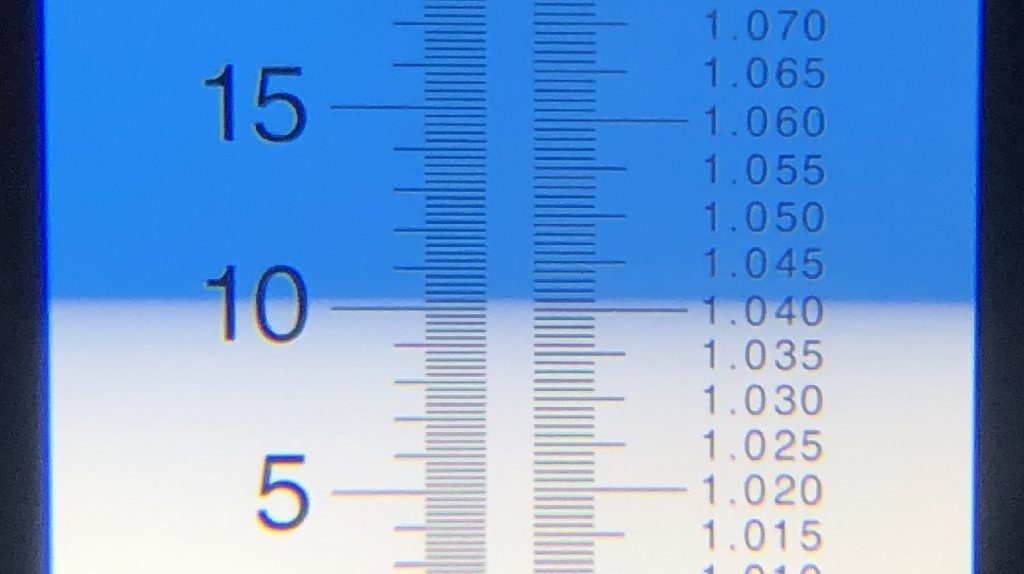
With the wort sitting at 80°F/27°C, I pitched the vitality starter I’d made a couple hours earlier before wrapping the carboy in a blanket and attaching a sensor for temperature monitoring.
After a week of active fermentation, I added the dry hop charge then let the beer sit another week before taking a hydrometer measurement showing the beer finished at 1.005 FG.
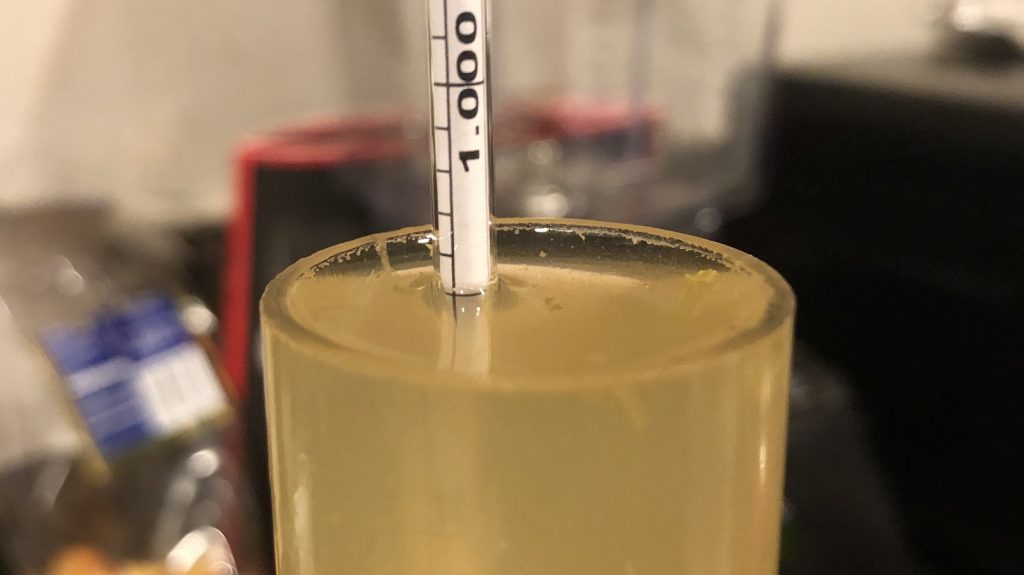
I opted to forgo cold crashing and proceeded with packaging the beer… which is where I ran into an issue. With so much hop matter suspended in the beer, the liquid disconnect I usually keg through quickly clogged, so I ended up filling the keg from the bottom up with the lid open. Not ideal, though I did purge the keg with CO2 prior to filling, which I hoped would mitigate oxidation.
The filled keg was placed in my keezer and burst carbonated overnight, which is when I began sampling it.
| IMPRESSIONS |
As a function of its ability to tolerate shockingly warm temperatures, kveik is known to ferment rather quickly, allowing brewers to get beer on tap quicker than with traditional yeast strains. I enjoyed this All Citra, No Brakes Session IPA when I started sampling it a day after it was kegged, but I felt it really started to sing after 3 weeks of conditioning, as I perceived the flavors as being more balanced.
Since its release in 2008, I’ve been a huge fan of Citra, and its presence in this beer certainly did not disappoint! Following a pungent punch of citrus and stone fruit were notes of pine and melon that really rounded out the experience. By design, not much malt character came through at all, and while the Lutra did produce a notably clean fermentation character, I felt the beer would have benefitted from the use of a more characterful yeast.
Ultimately, I feel I nailed my goals with All Citra, No Brake Session IPA– it was bitter enough without being biting and the focus was heavily on the Citra hop character, which was spot-on. For such a low alcohol style, it can be difficult to strike the right balance, but in this particular instance, simplicity did the trick. In the future, I might up the hop stand addition to add a bit more depth, and should my fermentation chamber be jammed up with other beers, I won’t hesitate to use a clean fermenting kveik.
If you have thoughts about this recipe or experience making something similar, please feel free to share in the comments section below!
Support Brülosophy In Style!
All designs are available in various colors and sizes on Amazon!
Follow Brülosophy on:
FACEBOOK | TWITTER | INSTAGRAM
If you enjoy this stuff and feel compelled to support Brulosophy.com, please check out the Support page for details on how you can very easily do so. Thanks!


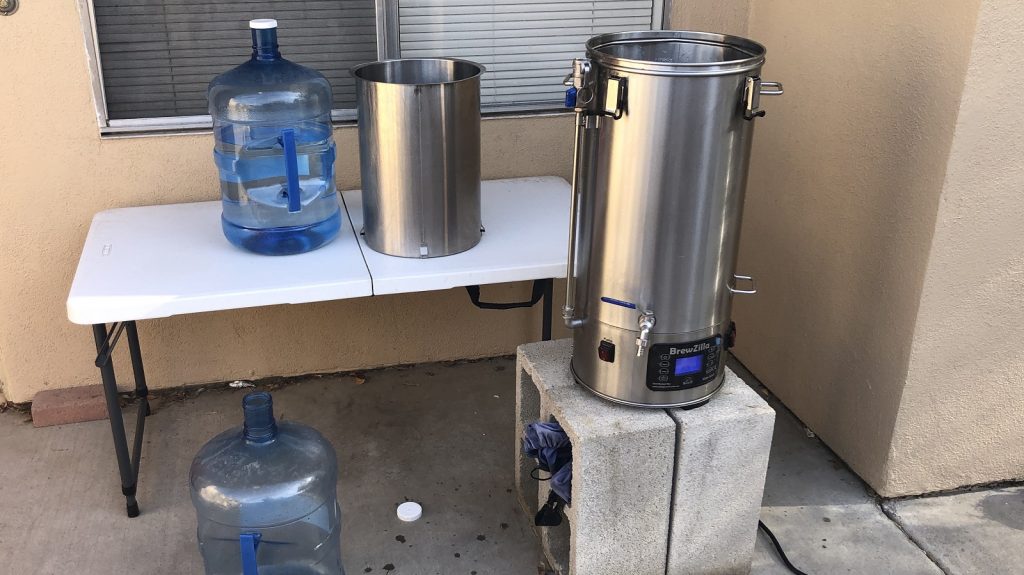
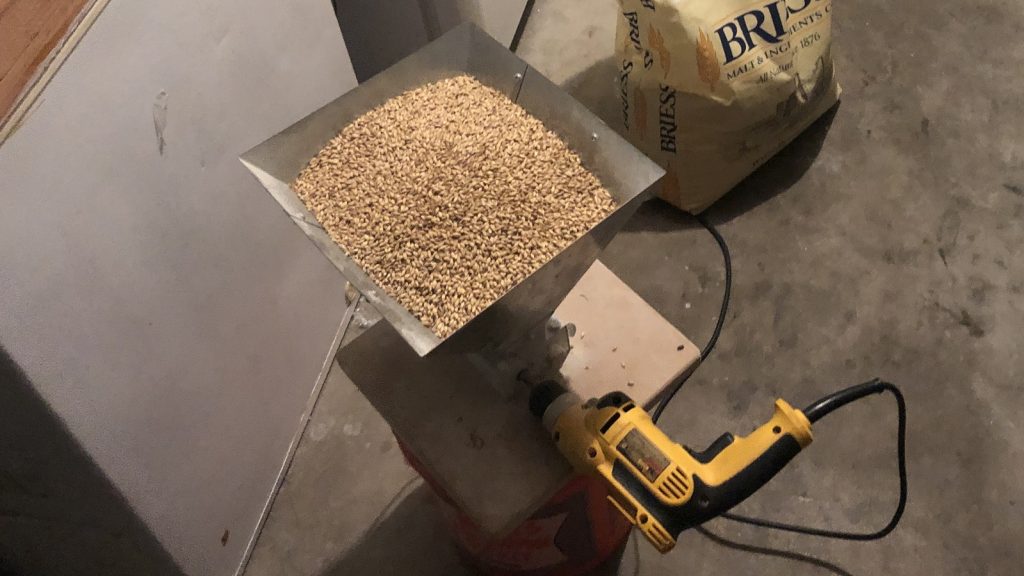
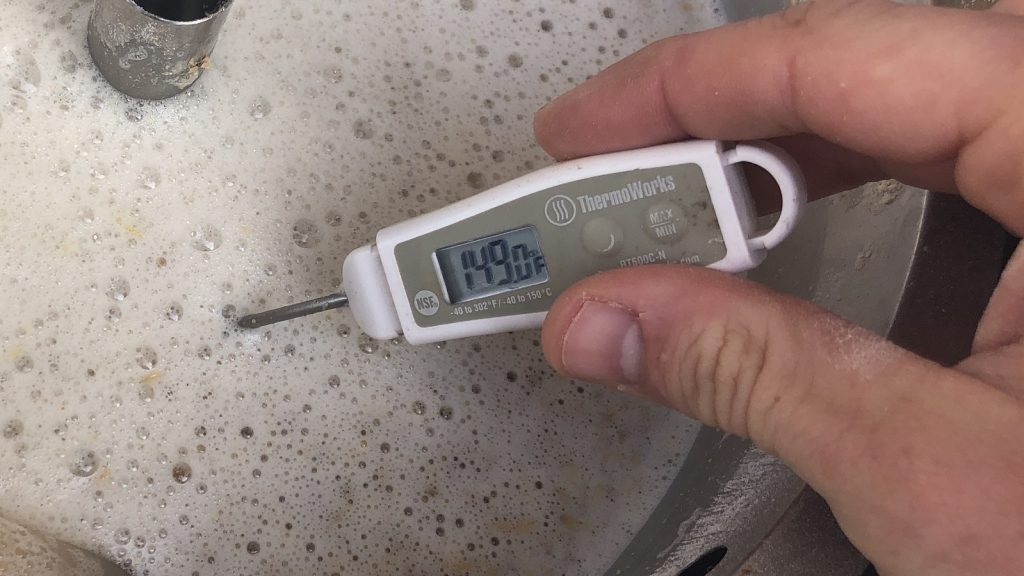
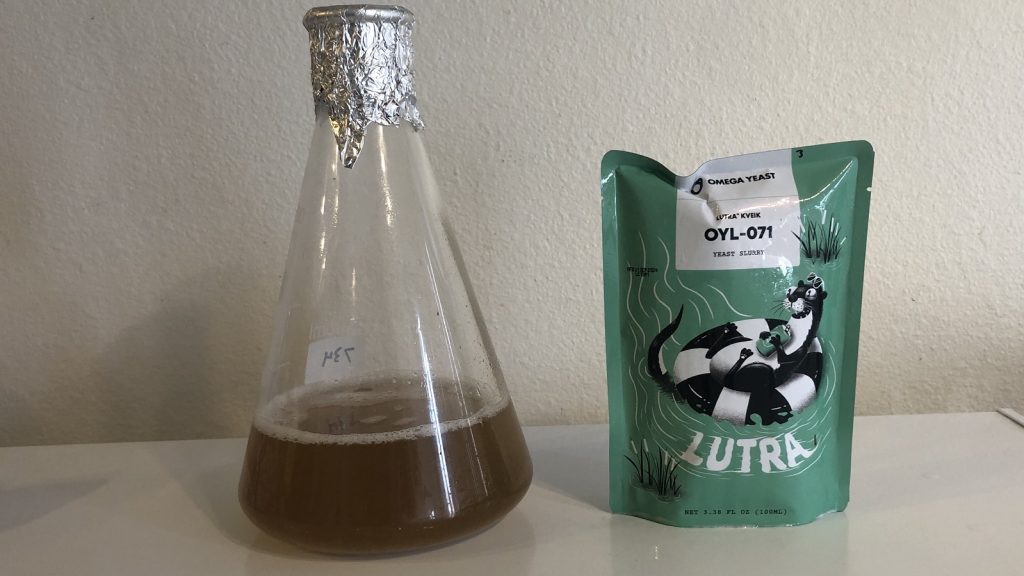
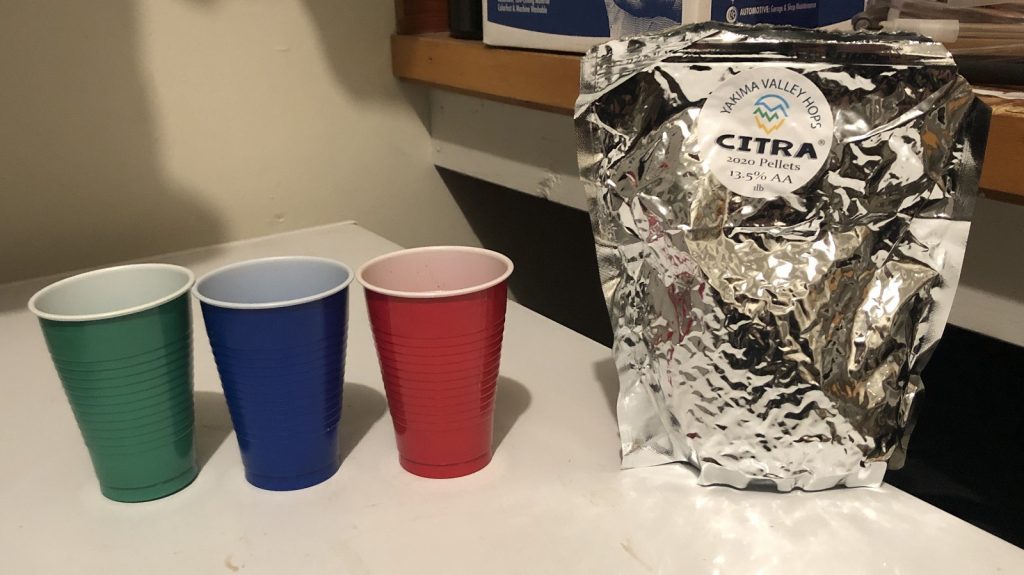
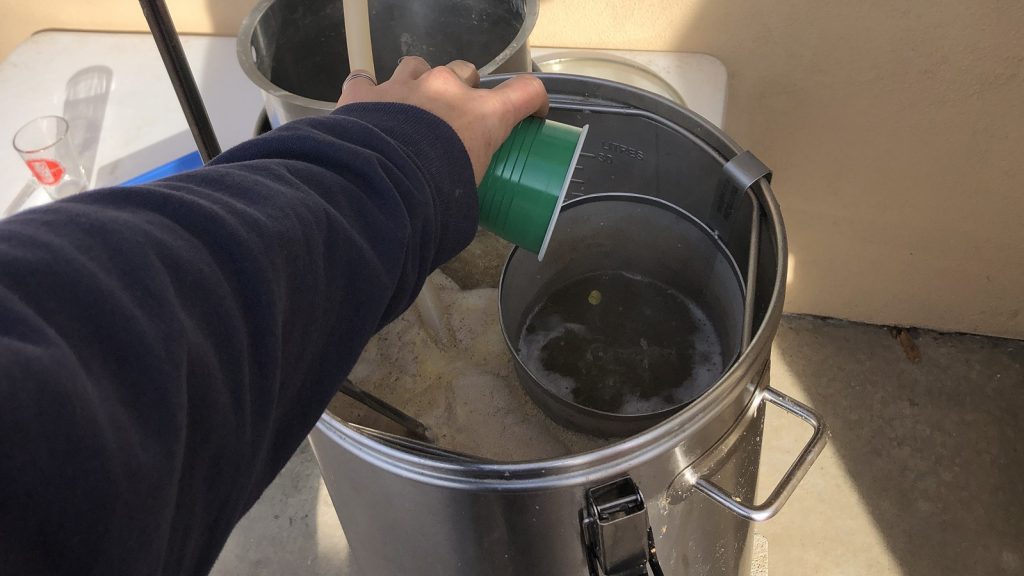
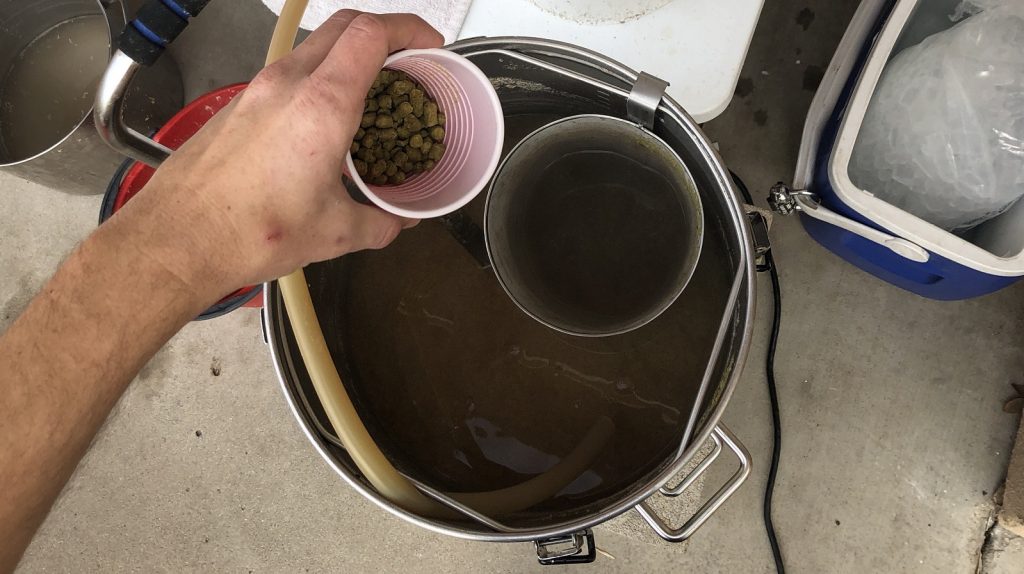
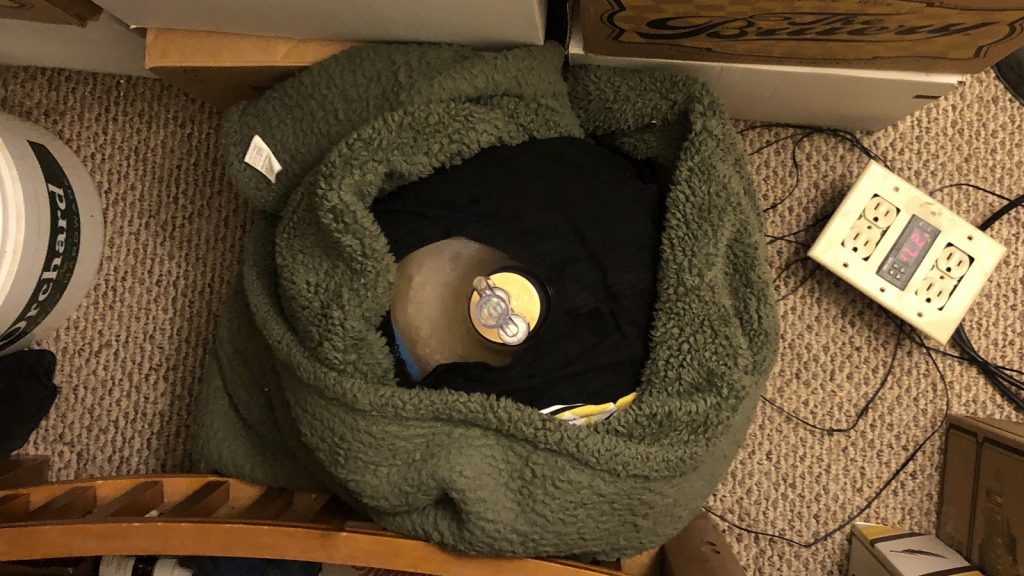
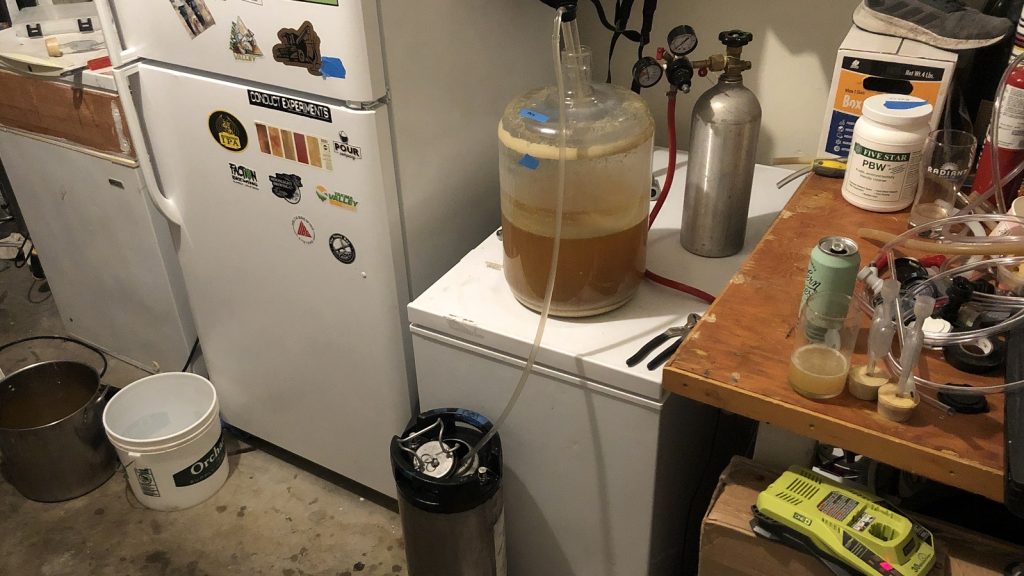
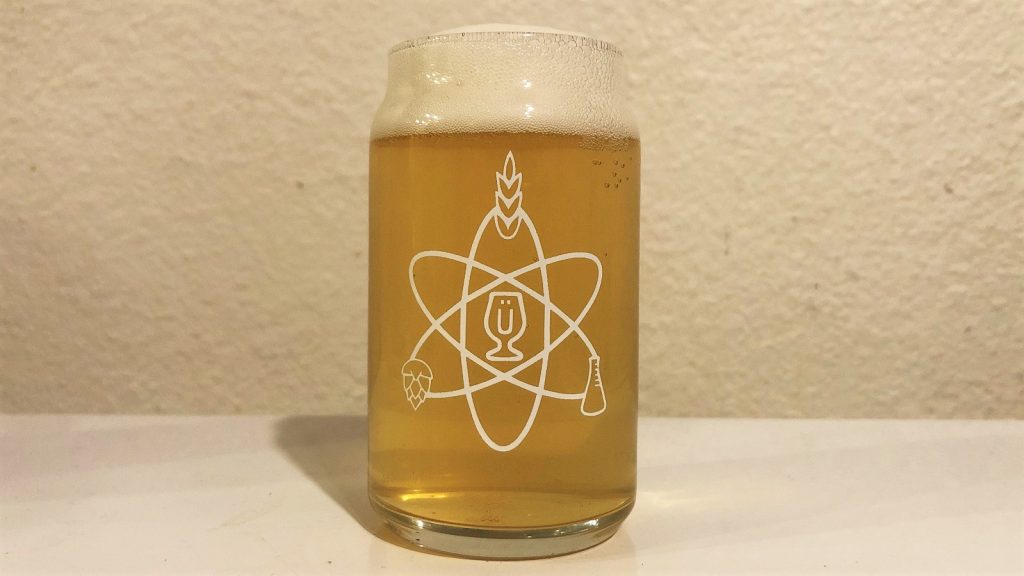











9 thoughts on “Brü It Yourself | All Citra, No Brakes Session IPA”
Hi Andy – can you share with us your fermentation temperature data? I’m particularly interested to know whether you had much fluctuation in temperature over the two weeks. Before I made my temperature-controlled fermentation fridge I lost a few batches that I was fermenting in my house and I suspect that it was more to do with temperature fluctuation between day and night than it was high temps per se. Obviously we know Kveik can handle high temps no probs – but is it also tolerant of fluctuation? So far I’ve seen very little on this topic. Thanks!
Just a general comment/observation/question to other brewers: I find that every time I dry hop with Citra, it never seems to flocculate to the bottom of the fermenter. So I’ve been using the LuPu version of citra for dry hopping, which helps. Anyone else have similar experience with citra?
The recipe reads:
NAME LAB ATTENUATION TEMPERATURE
Lutra Kveik (OYL-071) Omega 82% 32°F – 32°F
Don’t you mean 32°C?
Glitch in the matrix… err… XML plugin.
I remain amazed that we’ve all simply forgotten the term “pale ale”. Session IPA cracks me up and i know it’s just marketing but I can’t help myself.
Except not really. Pale ale wouldn’t have a BU/GU of 1.2. That would be a pretty bitter pale ale.
There were lots of IPAs brewed in the 1950s below 4% ABV and even below 3%.
Take a look at http://barclayperkins.blogspot.com for enough data on the history of the style to make your head spin.
Interesting that your tasting notes include melon. Every beer I’ve brewed with Lutra, all throughout the temp range, has presented as incredibly melon forward. It’s not bad, just not what I necessarily want from a yeast advertised as “shockingly clean.”
What really blows my mind are people who claim to have used Lutra in pilsner-like beers and been satisfied. I just don’t see how that could be a good fit at all.
I’ve been using White Labs Opshaug strain I brew and pitch warm and then just leave it in the shed. I live in Australia where it’s summer. The beers have been clean tasting with absolutely no off flavours or esters.
My recent beer is a pale. My club has bbq sharing event on Sunday so I thought I’d brew a beer for it just 9 days out. Like you say, it will be best in three or so weeks but drinking it at 9 days won’t see a lot of complains.